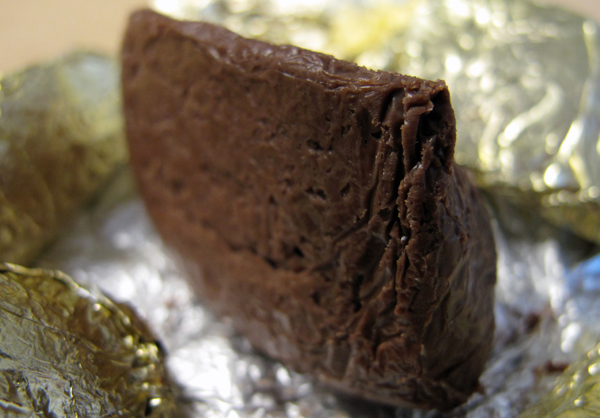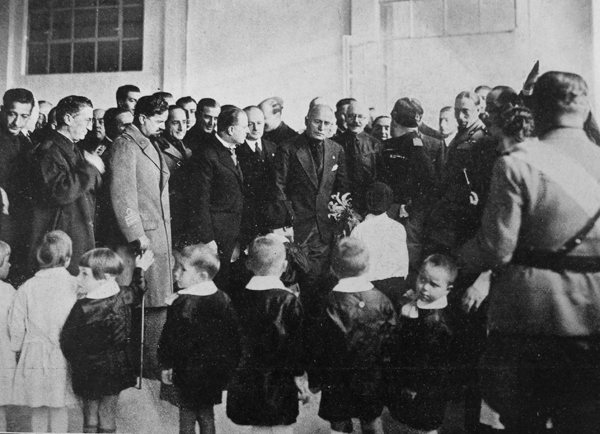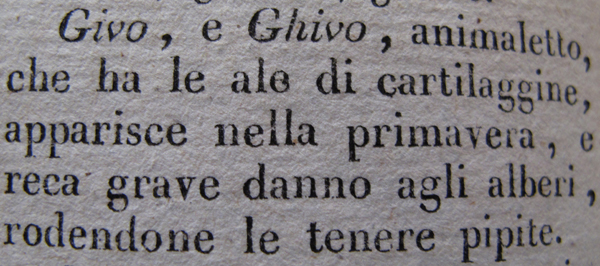
Having discussed the traditional tripartite composition of gianduiotti (i.e., sugar, cacao, Tonda Gentile delle Langhe), we now turn to their shape and three methods of formation.

Having discussed the traditional tripartite composition of gianduiotti (i.e., sugar, cacao, Tonda Gentile delle Langhe), we now turn to their shape and three methods of formation.

Most efforts to historically contextualize gianduia focus solely on the era of its presumed invention in the mid-1860s. However, as we’ve seen, many components of the gianduia myth first arose in the 1930s, through Cagliano’s article in Il Dolce (1932), Succ. Caffarel Prochet & Co.’s “Gianduia 1865” marketing campaign (1936), and the booklet Il Cioccolato ed il Suo Valore Alimentare (1933). The 1930s witnessed a confluence of factors favorable to increased prominence and production of gianduia—a perfect storm, with Benito Mussolini at the eye.

The story of gianduia’s naming is as common as that of its creation. As with the prevailing account of its 1865 origin, the naming myths are also traceable to Succ. Caffarel Prochet & Co.

This week, we return to the myth of the early nineteenth century invention of gianduia. The setting of the story—the Continental System and its impact on industry and individuals—can be easily established. Yet there are no known contemporary sources describing gianduia or a gianduia-like substance in Piedmont during the six years between the Berlin Decree and the de facto collapse of the Continental System in the summer of 1812 when Russia and England made peace with the Treaty of Örebro.